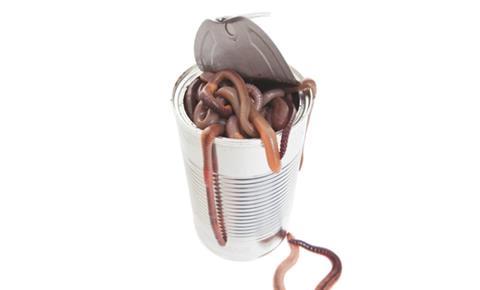
If you read nothing else, read this…
- In a contract-based pension scheme, administration will be performed by the plan provider.
- Pension administration includes collecting and allocating contributions, handling compliance and providing annual statements.
- Typically, an annual management charge (AMC) covers the costs of administration.
The costs relating to pensions administration, and their disclosure, have been contentious, not least because many members will not understand the charges and their impact, yet have no say in the choice of scheme or its costs.
Little data has been collected from schemes to examine these costs in detail, despite a number of providers signing a disclosure agreement concerning pension charges and costs with the Association of British Insurers.
This could be because of the way that contract-based DC schemes , including group personal pension (GPP) plans, stakeholder schemes and group self-invested personal pensions (Sipps), are provided by insurance and financial service providers, with the contract being between each scheme member and the provider.
Annual management charges (AMCs)
As the pension scheme’s administrator, the provider will then charge the member a fee based on the size of the pension pot. Typically, the annual management charge (AMC) pays for setting up a scheme and its ongoing administration.
Administration covers everything from collecting and allocating contributions, handling legal obligations and ensuring all the information a member receives is up to date and accurate throughout their pension plan membership. This could include providing annual statements and responding to general enquires, for which the pension provider will be responsible.
Darren Philp, director of policy and market engagement at provider B&CE, says: “These are some significant costs that are absorbed from the AMC. It varies from provider to provider, but this is where all the administration is covered. Providers might want to use different models of charging fees and, in some cases, the employer might cover some costs.”
According to the National Association of Pension Funds’ (NAPF) 39th Annual survey, published in December 2013, which covered 950,000 DC pension members, 91% of schemes made some form of charges to members , with an AMC being by far the most common form of charge (71%).
The research, which looked at all DC pension plans rather than specifically at contract-based schemes, also found that employers meet some of the charges in DC schemes, with 77% of employer respondents covering the cost of fees to external advisers. Also, nearly two-thirds (62%) of employers met the cost of administration and 20% the charges for fund management and custody.
Richard Wilson, policy lead for DC pensions and investments at the NAPF, says: “Employers need to be more aware of the product they are buying because employees do not have choice. They will want what is best for them, which is why there should be more transparency around the administration charges, so employers know and understand what employees are paying for.”
Costs covered under annual management charges
Other costs calculated under AMCs include: transfers from defined benefit (DB) schemes to DC schemes, membership record-keeping, fund details, liabilities, benefit calculations and payments including electronic, all regulatory reporting including e-filing, annual reports and accounts, data audits, allowing internet functionality for members to view their pension, and any other administration matter. Each element is be broken down as a percentage of cost under the AMC.
David White, managing director of Creative Auto Enrolment, says: “I think the breakdown of costs are around a 10% charge for fund management and the rest divided between distribution costs of sales, marketing and all the elements that make up the administration.”
AMCs typically range between 0.25% and 1%. The bigger a pension pot, the bigger the charge will be for administering it. For example, if a pension pot is worth £1,000 and the AMC is 0.5%, the member will pay about £5 a year. But if the pot grows to £10,000, the annual charge for ongoing administration will rise to £50.
Mark Futcher, a partner at Barnett Waddingham, says: “These are the costs of running the scheme. Ultimately, providers have to make sure pension arrangements are profitable over a long period of time, but some of the other costs are relatively hidden.”
White adds: “In normal circumstances, when setting up a contract-based scheme, the provider would offer a bundled package and set a price of 0.75%, which is the price that covers everything it will do in administrating the scheme.”
Average AMC levels
According to the Department for Work and Pensions’ Landscape and charges survey 2013: charges and quality in defined contribution pension schemes , published in February, the average AMC for contract-based pension schemes has fallen slightly in recent years, from 0.9% in 2011 to 0.84% in 2013.
The NAPF Annual survey found that the mean AMC was 0.46%, well below the 0.75% charges cap that the government will introduce in April 2015.
David Ferris, head of proposition development at Punter Southall, says: “Administration fees vary according to the size of an organisation and the capital inflows, such as contributions. If there are some bulk transfers coming across from a DB scheme, this could bring the AMC down to 0.22% or 0.25%.”
It has been argued that if members knew the full cost of pension scheme membership and administration, they may opt out or choose a cash fund rather than the main default fund, because the costs appear lower.
Good pensions administration should be all about the member, keeping good records, making sure the contributions go where they should and keeping on top of this.
B&CE’s Philp adds: “Providers should want to make sure they provide excellent admin services to all members. What they are being charged for is relatively straightforward in terms of what the provider is trying to achieve with administration.”











